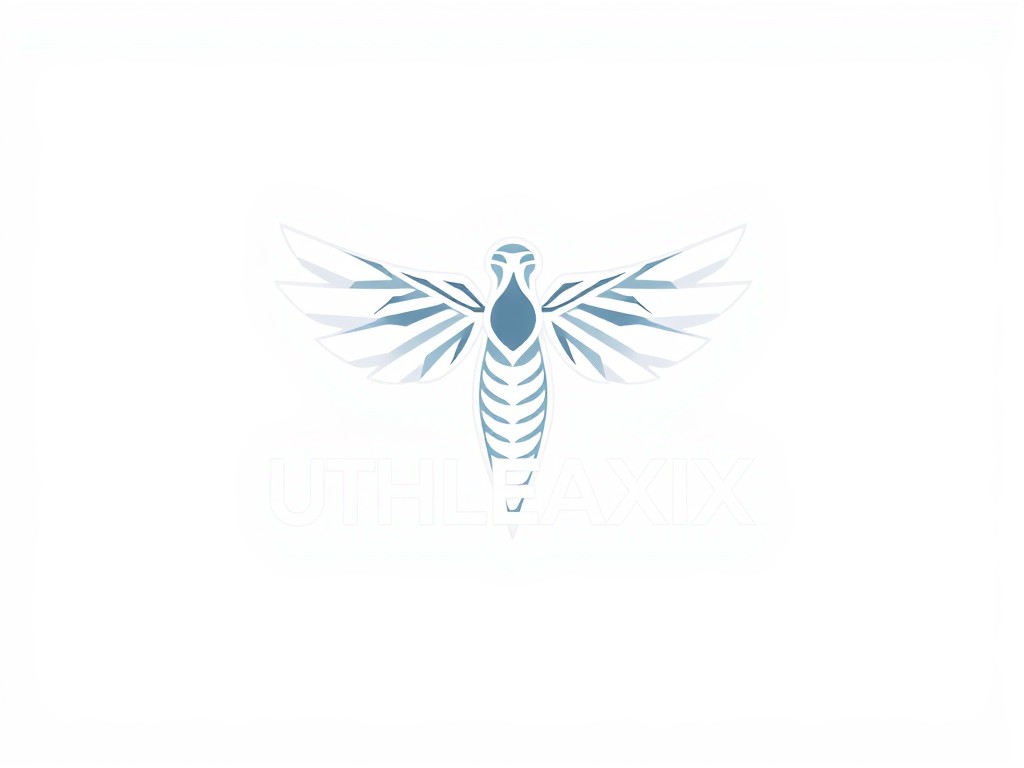Proper breathing might not be the first thing that comes to mind when you consider an effective exercise routine. However, it plays a vital role in your workouts, especially during heavy lifting. A well-timed breath can enhance your performance and protect you from potential injuries. Moreover, it can also help you lift heavier weights over time. This article will guide you on how to optimize your breathing during heavy lifting. We will delve into the importance of proper breathing, the science behind it, and practical tips to help you breathe right in your workouts.
The Importance of Breathing in Weight Lifting
When you lift weights, your body demands more oxygen to fuel the muscles. This is where breathing comes into play. It might seem trivial, but how and when you breathe during lifting can significantly affect your performance and health.
In parallel : What are the psychological benefits of regular strength training?
Breathing serves two crucial functions during lifting. First, it supplies your body with the necessary oxygen to produce energy. Second, it helps maintain your body’s internal pressure, providing support to your spine and core during strenuous lifts.
Proper breathing technique can also help alleviate dizziness or lightheadedness during heavy lifting—an experience common to many weightlifters. This is usually caused by a lack of oxygen reaching the brain. By learning to optimize your breathing, you can prevent such health risks and enhance your overall workout experience.
Have you seen this : How can older adults safely engage in muscle building activities?
The Science Behind Breathing and Lifting
To better understand the role of breathing in weight lifting, it’s essential to grasp the basic physiology at play. When you breathe in, your lungs absorb oxygen, which is then delivered to your muscles through your bloodstream. Conversely, when you exhale, your body removes carbon dioxide—a waste product of energy production—in your breath.
During heavy lifting, your muscles need more oxygen than usual to function. This increases your metabolic rate and thus your breathing rate. The timing of your breaths also has a significant impact on your body’s response to weight training.
The Valsalva maneuver is a breathing technique commonly used during weightlifting. It involves taking a deep breath before a lift, holding it during the critical phase of the lift, and exhaling after completing the lift. This technique increases the pressure within the chest cavity, providing additional support to the spine and facilitating heavier lifts.
However, holding your breath for too long can lead to an excessive increase in blood pressure. Therefore, it’s essential to learn proper technique and timing to utilize the Valsalva maneuver safely and effectively.
How to Breathe Properly While Lifting Weights
Now that we understand the importance and science of breathing during heavy lifting, let’s look at how to put this knowledge into practice.
First, inhale deeply and fill your lungs before you lift the weight. This breath should start from your diaphragm—not your chest—to ensure you’re taking in as much oxygen as possible. This will also increase the pressure in your abdomen, providing stability and support to your core muscles.
Next, hold your breath as you lift the weight. This is where the Valsalva maneuver comes into play. By maintaining air pressure in your lungs, you can help stabilize your core, making the lift safer and more efficient.
Finally, exhale once you’ve completed the hardest part of the lift. This should be a controlled release, not a sudden burst. By timing your exhale correctly, you can ensure your muscles receive a constant supply of oxygen, preventing early fatigue and helping you maintain your form throughout the lift.
Implementing Breathing Techniques in Your Workout Routine
Implementing proper breathing techniques into your workout routine requires practice. Initially, you might need to consciously remind yourselves to breathe correctly during lifts. With time, though, these techniques will become second nature.
Incorporate these techniques gradually into your exercise regime. Start by practicing with lighter weights until you get comfortable with the breathing rhythm. Over time, as you start lifting heavier weights, these breathing techniques will prove invaluable for enhancing your performance and protecting your health.
Remember to listen to your body. If you feel faint or dizzy at any point, this is a strong indication that you’re not getting enough oxygen. Take a moment to recover and adjust your breathing accordingly before continuing with your workout.
Proper breathing during weightlifting is a skill that can drastically improve your performance and help prevent injuries. By implementing the techniques discussed in this article, you’ll not only optimize your training sessions but also maintain good health in the long run.
The Impact of Proper Breathing on Your Body and Performance
One cannot overlook the significance of proper breathing during strength training. Beyond just supplying your muscles with oxygen, your breathing can directly influence your performance and the effectiveness of your exercise regimen.
As previously mentioned, your body’s demand for oxygen increases during heavy lifting. This oxygen fuels your muscles, enabling them to contract and lift the weights. If you don’t breathe properly, your muscles may not get sufficient oxygen, leading to early fatigue and diminished performance.
Moreover, proper breathing can help maintain your body’s internal balance. For instance, breathing correctly can maintain your blood pressure within safe limits. Lifting heavy weights can cause your blood pressure to spike. However, with the right breathing technique, you can control these fluctuations and prevent potential health risks.
Furthermore, the increase in intra-abdominal pressure resulting from proper breath control can provide additional support to your spine during lifting. This not only improves your lifting capacity but also reduces the risk of back injuries.
Lastly, breathing exercises can enhance your lung capacity over time. An increased lung capacity allows your body to absorb more oxygen during exercise, thus improving your stamina and overall performance.
Remember, your body is your most valuable tool during exercise. Therefore, care for it wisely by mastering proper breathing techniques.
Enhancing Your Breathing Technique with Medically Reviewed Methods
Breathing during weightlifting isn’t just about inhaling and exhaling. It’s about doing so in a way that maximizes your strength and protects your health. As such, here are some medically reviewed methods to optimize your breathing.
Belly breathing is a technique that involves breathing deeply into your lungs by expanding your belly rather than your chest. This type of breathing allows for a greater intake of oxygen, which is crucial during heavy lifting.
Breath control is another essential aspect of proper breathing. This involves regulating your breathing pattern and adjusting it according to the intensity of your workout. For instance, during strenuous lifts, it might be beneficial to hold your breath during the most challenging part of the lift to increase stability and abdominal pressure.
Breathing through your nose can also have several benefits. Nasal breathing filters, warms, and humidifies the air, which can be beneficial for your lung health. Moreover, it can help maintain your heart rate and blood pressure, hence improving your performance during lifting.
Remember, these techniques may seem complex at first, but with consistent practice, they will become a standard part of your workout regimen. Proper breathing during lifting is not just a recommendation—it’s a necessity.
Conclusion
In conclusion, optimizing your breathing technique during heavy lifting is crucial and should not be overlooked. Not only does it enhance your performance by providing your muscles with ample oxygen, but it also protects your body by maintaining blood pressure and internal pressure. Whether you’re a seasoned strength trainer or just starting, learning and implementing proper breathing techniques into your workout routine can make a significant difference in your fitness journey. Remember, your breathing is a powerful tool in your workout arsenal—utilize it to improve your strength training and maintain your health.











